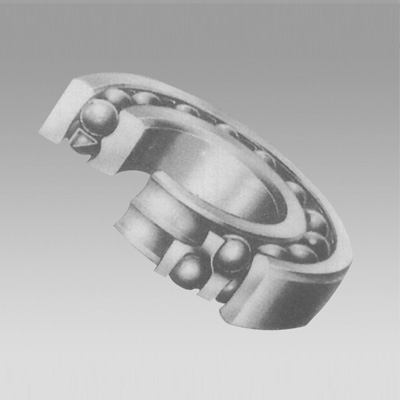
Nov . 20, 2024 09:25 Back to list
696 bearing dimensions
Understanding 696 Bearing Dimensions A Comprehensive Overview
Bearings are critical components in numerous mechanical systems, providing support and facilitating movement between different parts. Among the various types of bearings available, the 696 bearing stands out due to its compact size and versatile applications. Understanding its dimensions and specifications can significantly enhance the efficiency of machinery in which it is employed.
What is a 696 Bearing?
The 696 bearing is a miniature ball bearing type, commonly used in applications requiring a small yet robust support system. Its designation often refers to a specific series of dimensions standardized for easy interchangeability. The 696 bearing usually features a deep groove design, which allows it to accommodate both radial and axial loads in various directions.
Dimensions of the 696 Bearing
The dimensions of a 696 bearing are crucial for applications demanding precise tolerances. Typically, the specifications for a 696 bearing are as follows
- Inner Diameter (ID) 6 mm - Outer Diameter (OD) 15 mm - Width (W) 5 mm
These dimensions make the 696 bearing ideal for compact applications where space is at a premium, such as in drones, small motors, and other lightweight machinery.
Materials and Construction
The construction material of a 696 bearing can significantly impact its performance and longevity. Most bearings are constructed from high-carbon chromium steel, providing excellent hardness and wear resistance. However, advancements in material science have led to the development of ceramic and stainless steel variants. Ceramic bearings boast lower friction and are often used in high-speed applications, while stainless steel bearings offer superior corrosion resistance.
Performance Characteristics
696 bearing dimensions

When considering a 696 bearing, it’s essential to evaluate its performance characteristics, including speed ratings, load capacity, and temperature ranges. Most 696 bearings can handle moderate speeds and loads, making them suitable for various applications. The dynamic load rating typically hovers around 3.1 kg, while the static load rating is approximately 1.8 kg. These metrics are crucial when selecting a bearing for specific requirements.
Temperature range is another vital aspect. Standard 696 bearings operate effectively between -30°C to +120°C. However, specialized variants may have enhanced heat resistance, making them suitable for harsher environments.
Applications
The compact size and versatile capabilities of the 696 bearing make it widely used across different industries. Typically found in
1. Electric Motors Offering reliable support and reducing friction, thereby enhancing efficiency. 2. Bicycles Used in wheel hubs and pedals where lightweight and durability are essential. 3. Consumer Electronics Integrated into devices like smartphones and cameras to facilitate smooth mechanical movement. 4. Robotics Providing precise motion control in robotic arms and other automated devices.
Maintenance and Lifespan
Despite their robust design, maintaining 696 bearings is essential for ensuring longevity. Regular lubrication is crucial to minimize friction and heat generation. Depending on the application, high-quality grease can be applied initially, followed by periodic maintenance checks for wear and tear.
Common signs that a 696 bearing may be failing include unusual noises, increased heat generation, or noticeable vibration. Addressing these issues promptly can prevent further damage to the bearing or the machinery it supports.
Conclusion
The 696 bearing's small size, combined with its significant load-bearing capabilities, makes it an invaluable component in various mechanical systems. Understanding its dimensions, materials, and performance characteristics allows engineers and designers to select the right bearing for their applications. As industries continue to evolve, the importance of compact yet powerful components like the 696 bearing cannot be overstated. Proper maintenance and usage of these bearings will ensure the longevity and efficiency of the systems they serve. By keeping these factors in mind, professionals can make informed choices that enhance productivity and performance in their respective fields.
Latest news
-
Grooved Ball Bearing Design and Functionality
NewsJun.04,2025
-
Concrete Mixer Bearing Load Capacity Testing
NewsJun.04,2025
-
6004 Bearing Dimensions in Robotic Joint Designs
NewsJun.04,2025
-
Advantages of Single-Row Deep Groove Ball Bearings
NewsJun.04,2025
-
Applications of Deep Groove Ball Bearings in Automotive Systems
NewsJun.04,2025
-
Innovations in Bearing Pressing Machine Design
NewsJun.04,2025
